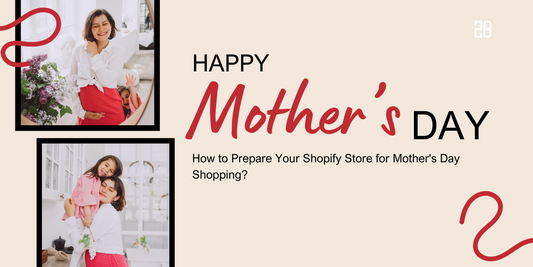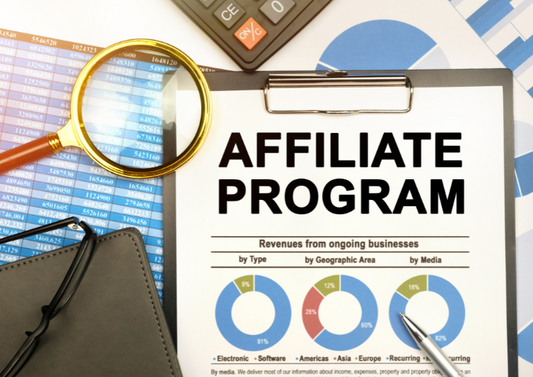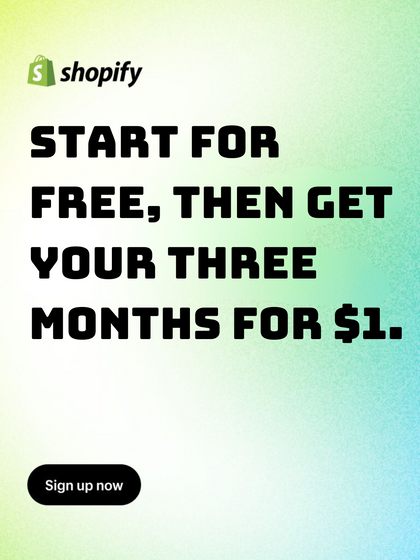Expanding into the B2B (business-to-business) market is a game-changer for many brands. Whether you're a wholesaler, distributor, or looking to cater to bulk buyers, Shopify provides a robust platform to launch and manage a B2B store. In this guide, we’ll walk you through the steps to get started and maximize your success in the B2B space.
1. Why Choose Shopify for Your B2B Store?

Shopify is well-known for powering direct-to-consumer (DTC) businesses, but it also offers tailored solutions for B2B selling. With features like customer-specific pricing, bulk discounts, and seamless integration with payment and shipping providers, Shopify simplifies the complexities of B2B transactions.
Advantages of using Shopify for B2B include:
- Unified Storefronts: Manage both B2C and B2B customers from one platform.
- Custom Pricing: Offer personalized pricing for wholesale clients.
- Automated Workflows: Streamline processes like invoicing and order management.
- Scalable Solutions: Shopify grows with your business, supporting multiple locations and currencies.
- Flexibility for Growth: As your B2B operations expand, Shopify offers the infrastructure to handle increased demand efficiently.
2. Setting Up Your Shopify B2B Store
Step 1: Choose the Right Shopify Plan
For advanced B2B features like custom price lists and wholesale portals, Shopify Plus is the best option. However, smaller businesses can still utilize Shopify’s standard plans with the help of third-party apps to create a B2B-friendly experience.

As a proud Shopify Partner, we are delighted to offer our clients an exclusive benefit: enjoy 3 months of Shopify for just $1, including even the Advanced Plan. For businesses looking to set up a Shopify Plus store, please contact us directly. We’ll assist you with all the necessary steps to ensure a seamless setup tailored to your business needs.
Step 2: Customize Your Storefront for B2B
- Enable Customer Accounts: Require customers to create and log in to accounts before accessing B2B pricing or placing orders. This allows you to segment customers, track their purchase history, and offer a tailored experience.
-
Personalized Pricing: Use Shopify’s price lists or apps to create tiered pricing for different customer groups, such as bulk buyers or VIP clients. Offer discounts based on purchase volume or negotiated terms.
-
Wholesale Portal: Create a dedicated, password-protected section of your store or a standalone wholesale portal using Shopify Plus or apps like Wholesale Club. This ensures your B2B clients have a seamless and secure browsing experience tailored to their needs.
-
Quick Order Forms: Implement a quick order form that allows B2B clients to input SKUs or select items in bulk easily, simplifying the ordering process for large purchases.
-
Custom Catalogs: Provide custom catalogs for different B2B clients. This is especially useful if you have diverse product offerings or if certain products are only available to specific customers.
-
B2B Checkout Options: Customize the checkout experience to include payment terms like Net 30, ACH, wire transfers, or purchase orders. These options are essential for B2B clients who prefer invoicing over immediate payments.
-
Multi-Language and Multi-Currency Support: Use Shopify’s built-in features or apps to provide multilingual and multi-currency options. This is crucial for businesses with international B2B clients.
-
Company Details Collection: During account creation or checkout, collect essential B2B details like company name, tax ID, or VAT number to comply with invoicing and tax regulations.
-
Minimum Order Quantities: Set minimum order quantities for wholesale purchases to ensure profitability and discourage small, non-B2B orders.
-
Custom Branding: For B2B clients, branding consistency is key. Customize your storefront with tailored banners, product displays, and messaging that reflect your professionalism and align with the needs of your B2B audience.
-
Private Storefront (Optional): Consider creating a fully private storefront that only registered and approved B2B customers can access. This ensures exclusive pricing, inventory, and services are protected.
Step 3: Add Essential Features
To optimize the B2B buying experience, include features like:
- Bulk Ordering Tools: Simplify the process of ordering large quantities and multiple SKUs.
- Flexible Payment Options: Offer invoice terms such as Net 30 or allow payment through purchase orders.
- Multi-Currency Support: Expand globally with pricing that adjusts based on customer location.
Step 4: Streamline B2B Operations
- Inventory Management: Use Shopify’s inventory tools to keep stock updated for high-volume buyers.
- Custom Shipping Rules: Provide shipping options tailored to large, heavy, or recurring shipments.
- Tax Settings: Automate tax exemptions for qualified business buyers.




